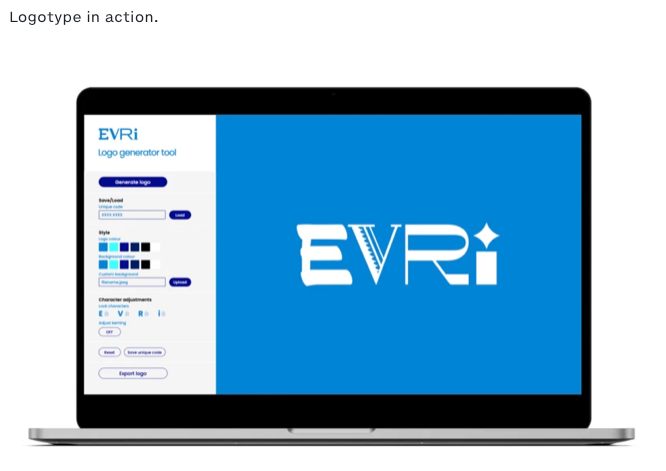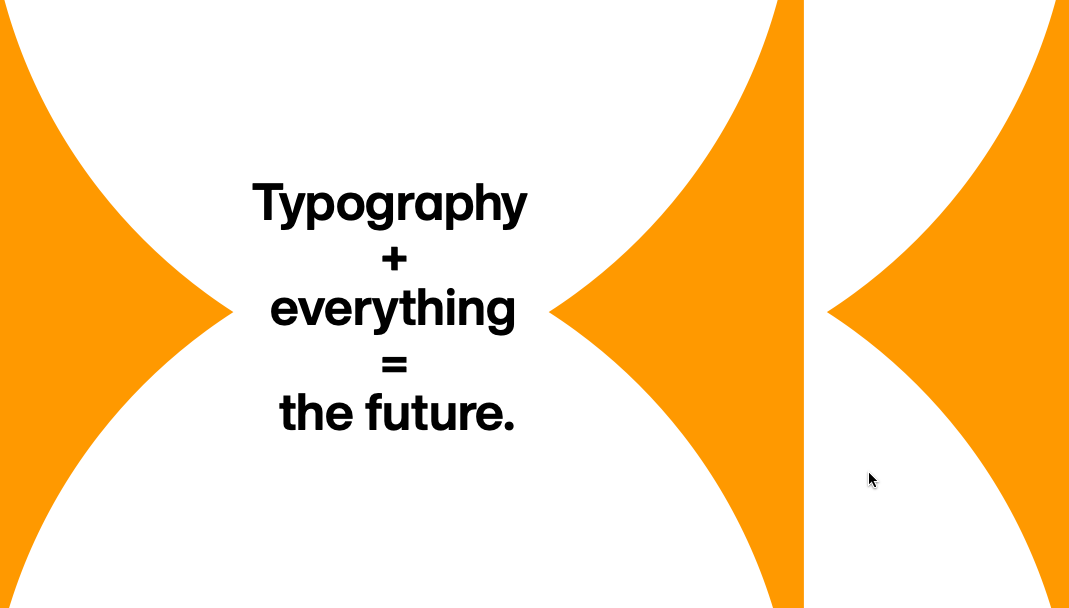The Journey of Digital Type
It all started with Gutenberg. Johannes Gutenberg’s 42–line Bible unleashed a typesetting revolution transforming movable type into today’s digitized computer formats. The printing press, Gutenberg, and the Bible have all played a primary role in the type you see everyday. As a matter of fact, Gutenberg could be credited with the printing "reformation." Movable type, that is, individual pieces of type for each letter, had been used by the Chinese, Koreans and Japanese. Yet, Johannes Gutenberg’s work stands out in both art and printing history as the first exquisitely, practically produced print job.
Type styles the reflected the scribal penchant for bold, heavy script letters. As art and technology grew together, the “modern” style developed with serifs and contrasting thick and thin strokes, such as seen in Adobe's Caslon Pro font — ABCDEFGHIJKLMNOPQRSTUVWXYZ abcdefghijklmnopqrstuvwxyz 1234567890. With the nineteenth century, and the Industrial Revolution, Ottmar Mergenthaler’s Linotype (1886) introduced mechanical typesetting through the use of a keyboard control device. More styles of type followed for the growing business of mercantile advertising. Most of these typefaces followed the “serif” style, but the Bauhaus Design School in Germany, as well as the Art Deco style, gave us “sans serif” faces, such as the ever popular Helvetica. Designed by Max Miedinger in 1956 — ABCDEFGHIJKLMabcdefghijklm1234567890. Helvetica can be seen on road and street signs. It was later included as one of the first Apple LaserWriter fonts.
Individual letters of type striking paper through an inked ribbon took hold as the typewriter flooded the business market. But, the letters were monospaced, uninteresting, and unequalled to the printed page. In seeing the importance of typefaces as communication, IBM introduced the IBM Executive typewriter in 1954. Now the office typist could use special fonts and even true proportional spacing. The copy also looked much better than the traditional typewritten efforts.
Another step toward professional typesetting came in 1961 when IBM came up with the Selectric and a variety of interchangeable type balls. The IBM Selectric Composer became the typesetter of choice. Text was typed onto a magnetic roll of tape and the roll was then placed in the Composer, a key pressed and there it was—justified, book-like text that looked really sharp! But, the font choices were severely limited and the Composer only produced certain limited sizes of type. Headlines and other display faces had to be set differently.
Through the efforts of Rene Higonnet and Louis Moyroud in 1949, their machine, the Photon, helped push typesetting toward photocomposition. This electronic method of setting type directly on light sensitive paper started the “cold” typesetting revolution. Faster and more flexible than all previous technologies, photocomposition freed typesetters from the physical limitations imposed by hot-metal type processes.
Digital phototypesetters introduced in 1972 projected letterforms onto a CRT (cathode ray tube). This type image was then flashed onto photosensitive paper. Soon the electron beam was turned on a drum generating an electrostatic charge. Toner particles, attracted to the charged areas, were fused onto paper by heat. Dry typesetting had begun, and the laser printer was born.
Apple Computer, in its development of the Macintosh computer in the early 80’s, also introduced the Apple LaserWriter™ and the LaserWriter Plus. Using a new tech-nology called “Postscript,” licensed from Adobe Systems, a built-in font description language in the Laser-Writer’s ROM (read-only memory) converted screen fonts on the computer screen, through a mathematical process, to 300 dpi (dots-per-inch) output.
Users wanted, and soon got, true WYSIWYG (pronounced wizzy-wig— what-you-see-is-what-you-get) operating environments. With the advent of Adobe’s ATM (Adobe Type Manager™), and Apple’s TrueType fonts, the on screen font “jaggies” were replaced by the outline representation of the font, so that the screen faithfully represented the final printed output. Fonts could be “downloaded” per job to the Post-script printer, even if the printer did not have the specified fonts inherent in its ROM files.
“QuickDraw” gave the added advantage of producing laser-like output even from a nonPostscript printer. With QuickDraw, the font outlines are processed by the computer and sent to the printer for output. Software packages now skew, bend, shrink, condense, expand, rotate and manipulate typeforms.
Apple’s System 7.x and Windows 3.1x included several TrueType fonts that were installed with the system software. What a journey to digitized type—and it’s not over, as indicated in other blogs on this site.
Successful Layout & Design



